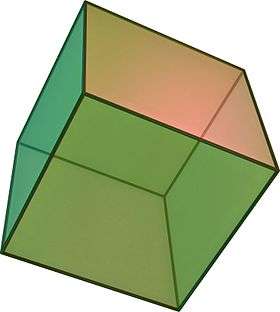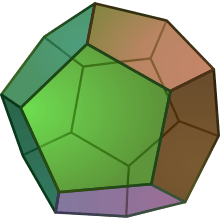Sphericity

Sphericity is a measure of how spherical (round) an object is. As such, it is a specific example of a compactness measure of a shape. Defined by Wadell in 1935,[1] the sphericity, , of a particle is: the ratio of the surface area of a sphere (with the same volume as the given particle) to the surface area of the particle:
where is volume of the particle and is the surface area of the particle. The sphericity of a sphere is unity by definition and, by the isoperimetric inequality, any particle which is not a sphere will have sphericity less than 1.
Ellipsoidal objects
The sphericity, , of an oblate spheroid (similar to the shape of the planet Earth) is:
where a and b are the semi-major and semi-minor axes respectively.
Derivation
Hakon Wadell defined sphericity as the surface area of a sphere of the same volume as the particle divided by the actual surface area of the particle.
First we need to write surface area of the sphere, in terms of the volume of the particle,
therefore
hence we define as:
Sphericity of common objects
| Name | Picture | Volume | Surface Area | Sphericity |
|---|---|---|---|---|
| Platonic Solids | ||||
| tetrahedron | |
|||
| cube (hexahedron) |  |
| ||
| octahedron |  |
| ||
| dodecahedron |  |
| ||
| icosahedron | |
|||
| Round Shapes | ||||
| ideal cone |
 |
|
|
|
| hemisphere (half sphere) |
 |
| ||
| ideal cylinder |
 |
| ||
| ideal torus |
| |||
| sphere |  |
| ||
See also
References
- ↑ Wadell, Hakon (1935). "Volume, Shape and Roundness of Quartz Particles". Journal of Geology. 43 (3): 250–280. doi:10.1086/624298.
External links
| Look up sphericity in Wiktionary, the free dictionary. |